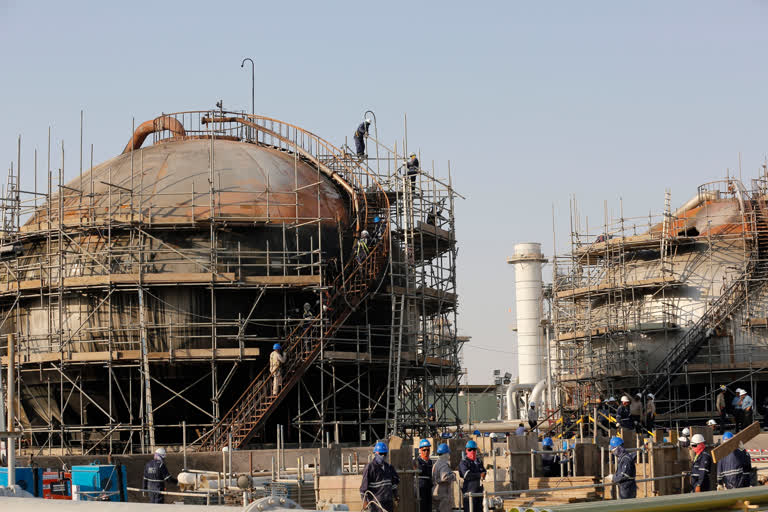Dhahra: Saudi Arabia formally began an initial public offering on Sunday of a sliver of oil giant Saudi Aramco after years of delay, hoping international and local investors will pay billions of dollars for a stake in the kingdom's crown jewels.
An approval by Saudi Arabia's Capital Market Authority served as the starting gun for an IPO promised by Crown Prince Mohammed bin Salman since 2016. But unlike traditional IPOs, Saudi Aramco offered no hoped-for price range for its shares nor any idea how much of the firm would be offered to investors on Riyadh's Tadawul stock exchange.
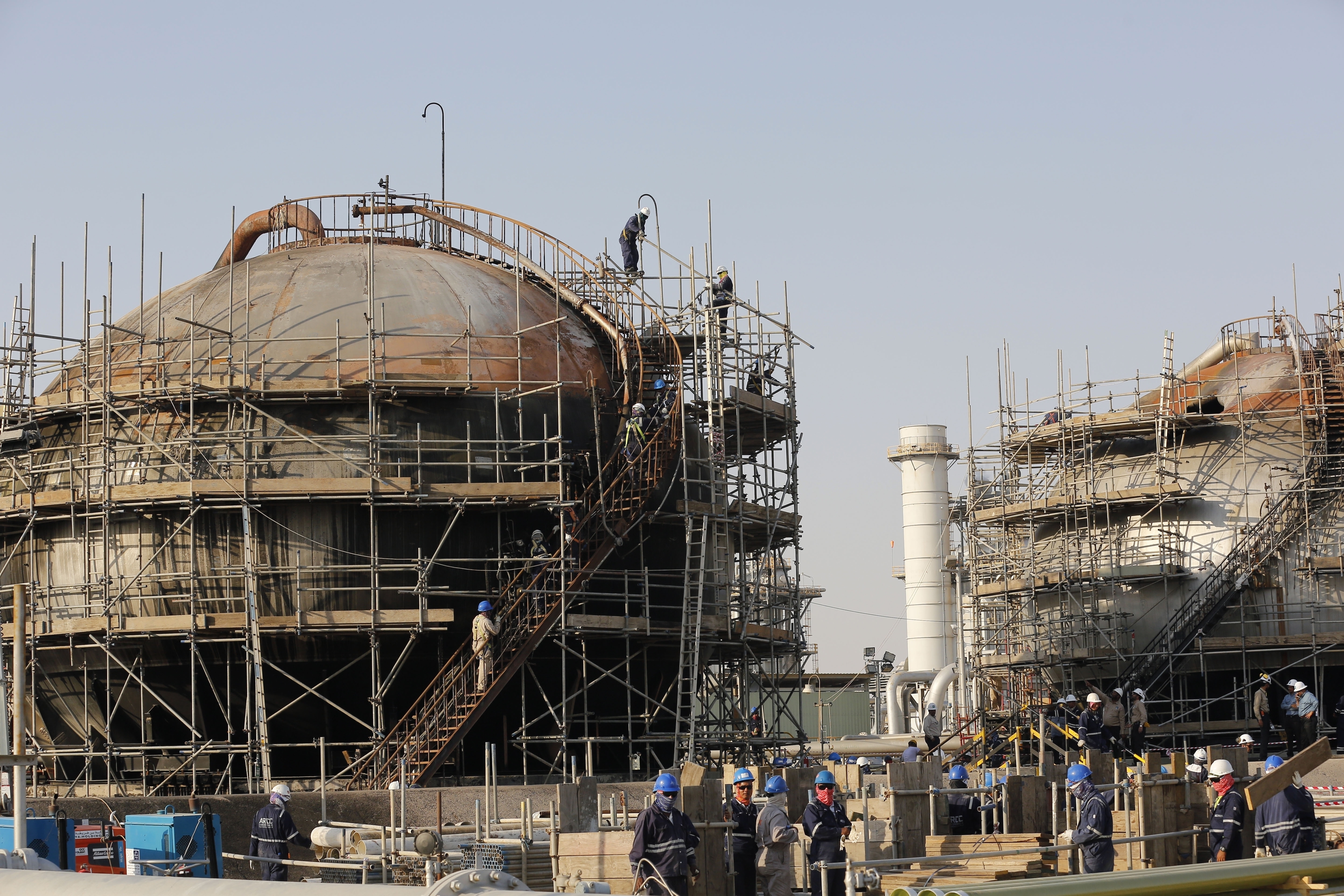
Analysts said that the kingdom likely hopes local investors will push its share prices toward a desired $2 trillion valuation and buoy that price ahead of any possible further listing abroad. Saudi Aramco also made a point in its filings to highlight its profitability and low costs through newly released data once held as a state secret by the Al Saud royal family, euphemistically referred to by the company as its 'current shareholder'.
However, economic worries, the trade war between China and the US and increased crude oil production by the US has depressed energy prices. A September 14 attack on the heart of Saudi Aramco already spooked some investors, with one rating company already downgrading the oil giant.
"We want to share the Aramco shares with the citizens of Saudi Arabia," said Yasir al-Rumayyan, the governor of Saudi Arabia's Public Investment Fund. "We want to get financial investors from all over the world."
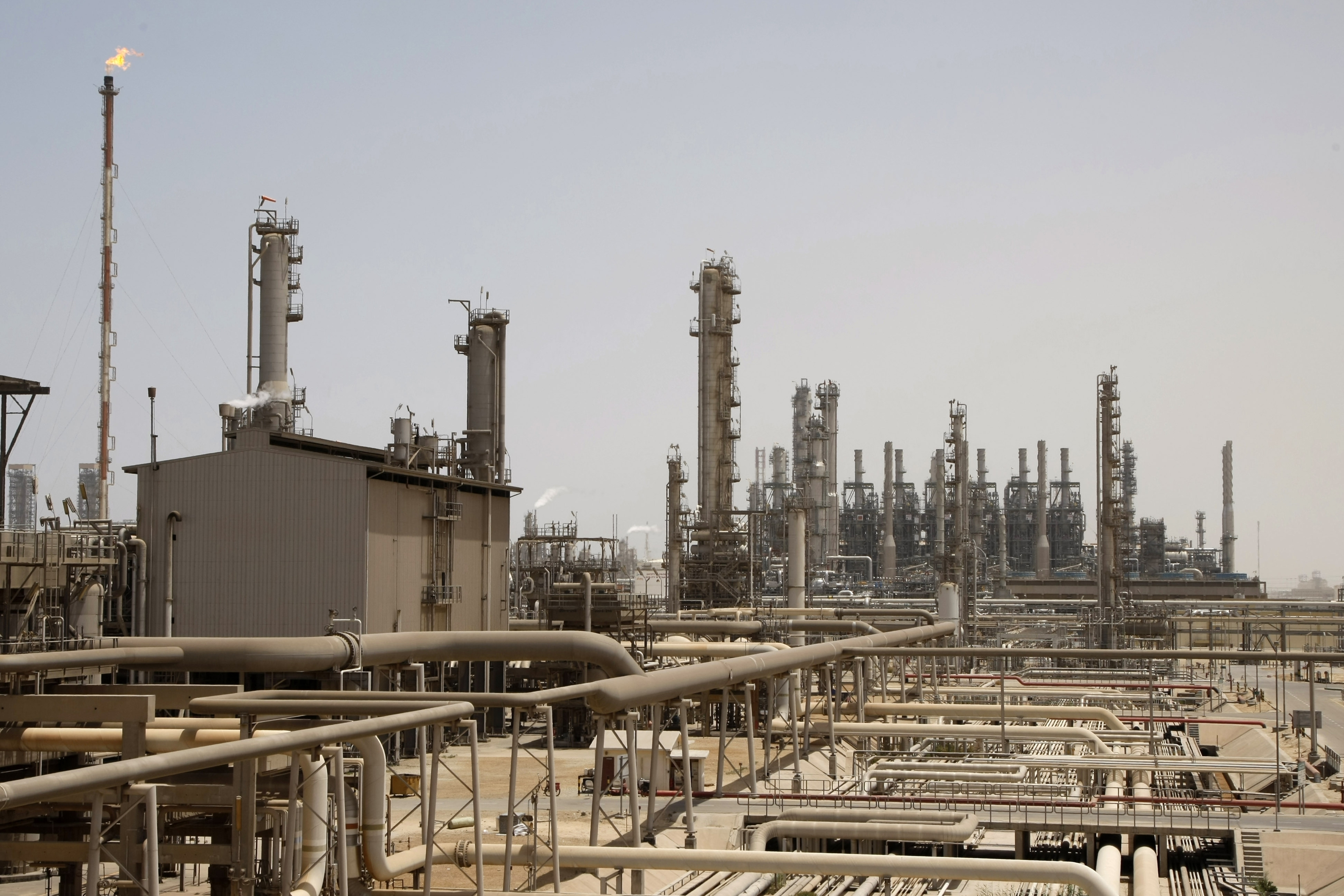
It's hard to overstate the power of the oil firm, known formally as the Saudi Arabian Oil Co. It produces over 10 million barrels of crude oil a day, some 10% of global demand. The firm's net income in 2018 was $111.1 billion, far beyond the combined net income of oil giants BP PLC, Chevron Corp., Exxon Mobil Corp., Royal Dutch Shell PLC and Total SA.
Saudi Arabia's oil sits close to the surface in large pools, making it far cheaper to extract. Saudi Aramco also has proven liquid reserves of 226.8 billion barrels, the largest of any company in the world and 'approximately five times larger' than those held by the five oil giants, according to the firm's IPO documents.
That's led to a clamoring from investors for Saudi Aramco stock since Prince Mohammed announced plans in 2016 for a two-phase IPO of 5% of the firm in the kingdom and abroad. The prince hopes to raise some $100 billion from investors, which will be funneled into the kingdom's Public Investment Fund (PIF) sovereign wealth fund for projects to boost employment and major development projects.
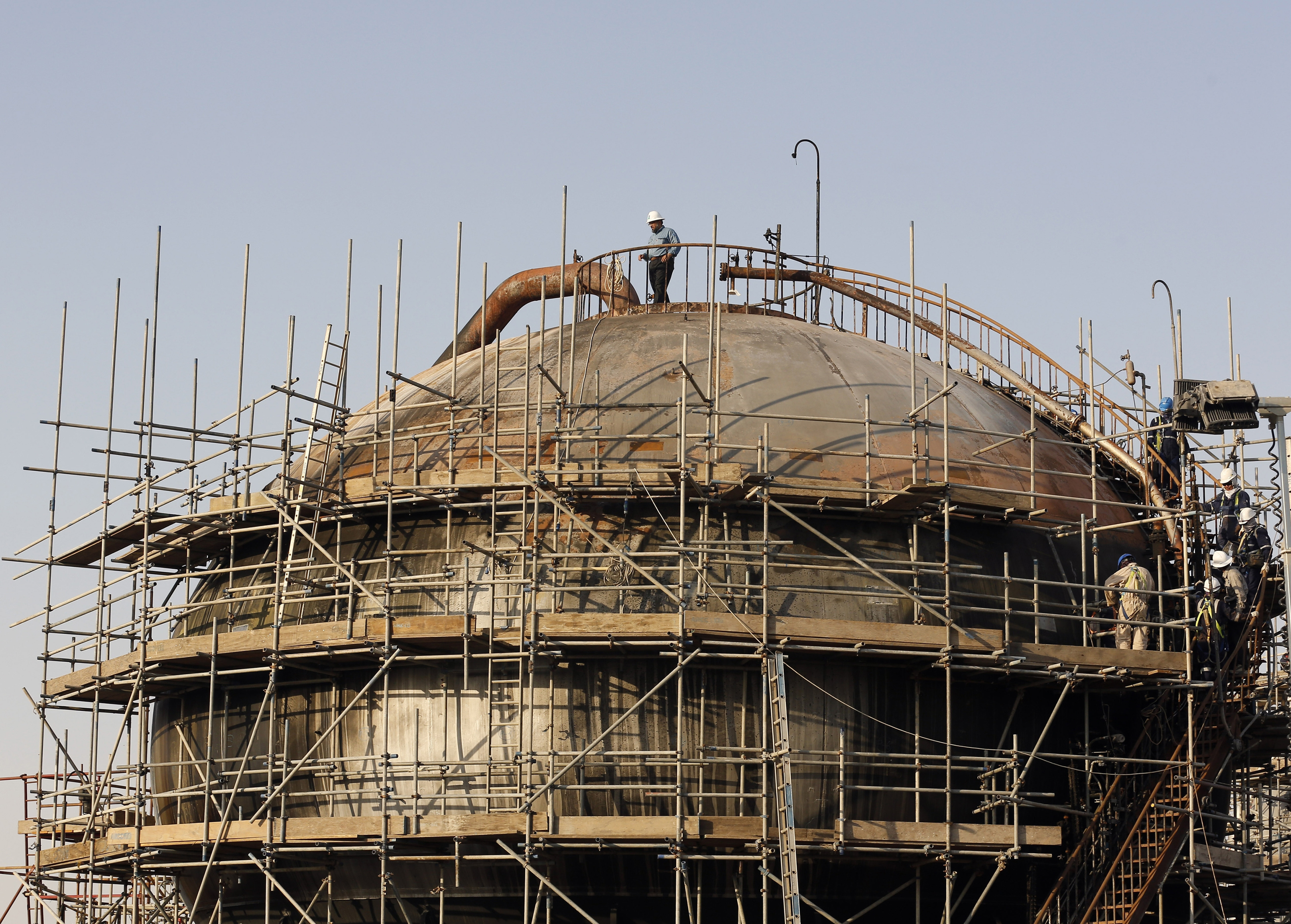
"I believe it is in the interest of the Saudi market, and it is in the interest of Aramco," Prince Mohammed told the Economist magazine in 2016 while announcing his plans.
But the planned IPO saw years of delays over valuation concerns and where to list it abroad. Oil prices, once over $100 a barrel, crashed in 2014 to under $30 a barrel. Benchmark Brent crude now trades around $60 a barrel, pushed up by a production cut by OPEC countries like Saudi Arabia and those outside of the cartel-like Russia. Those cuts have limited Saudi production, in turn pushing up its estimated government budget deficit for next year to nearly $50 billion.
The announcement by the Capital Market Authority offered no timeline, share price or percentage of the company to be offered in the IPO, nor did officials or documents later released by Aramco. Both al-Rumayyan and Saudi Aramco CEO and President Amin H. Nasser also declined to say whether an international listing would still happen as well when addressing journalists in Dhahran in eastern Saudi Arabia, the city that hosts Saudi Aramco's headquarters.
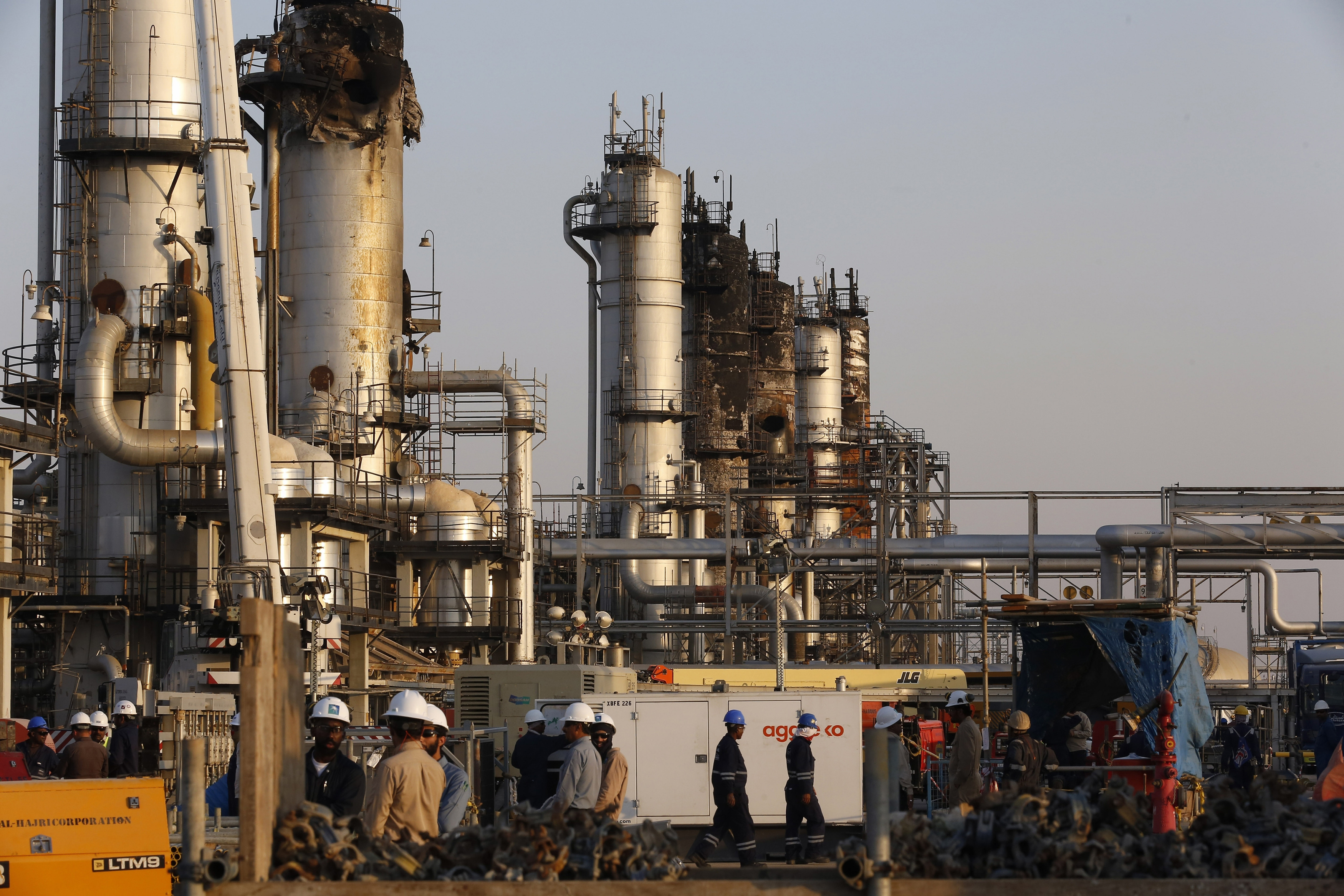
"Usually when you go for an IPO, you have a target price," said Capt. Ranjith Raja, an oil analyst at data firm Refinitiv. "There's still no clarity in what they're trying to look at."
Based on that, Saudi Arabia may choose to rely on local investors to push up the price of the stock, Raja said.
The Saudi-owned satellite channel Al-Arabiya reported last week, citing anonymous sources, that pricing for the stock will begin November 17. A final price for the stock will be set on December 4, with shares then beginning to be traded on the Tadawul on December 11, the channel reported. The channel is believed to have close links to the kingdom's Al Saud royal family and correctly identified on Sunday as the IPO's launch.
Read also: Aramco to take 20% in Reliance's refinery, chemical business at USD 75 billion
Analysts say a $2 trillion valuation — Apple and Microsoft separately for instance are $1 trillion — may be a stretch. By announcing the start of the IPO on Sunday, Prince Mohammed may have been convinced to take a lower valuation in order to get the IPO moving.
Saudi Aramco has sought to assure investors, given the questions over its valuation and the potential hazards of future attacks or geopolitical risk. A presentation posted to Aramco's website last month announced the intent to offer a $75 billion dividend for investors in 2020. That's the payment per share that a corporation distributes to its stockholders as their return on the money they have invested in its stock.
It also pledged that some 2020 through 2024, any year with a dividend under $75 billion would see 'non-government shareholders' prioritized to get paid.
But beyond the stocks, worries persist that Saudi Arabia could be hit by another attack like the one on September 14, which temporarily halted its production. The US blames the attack on Iran. Tehran denies it launched the cruise missiles and drones used in the assault. Yemen's Houthi rebels claimed responsibility, but analysts say the weapons used wouldn't have the range to reach their targets from Houthi-controlled areas of Yemen.
Responding to a journalist's question about the safety of an Aramco investment, al-Rumayyan spoke about how quickly the company restored production after the attack.
"The oil traders, they saw this as a non-event, and that means it is really safe," he said. "That's what the money is saying."
Read also: Saudi Arabia oil facilities ablaze after drone strikes
India Connection
Developments in the Aramco are of relevance for the Indian energy market as well. Since the commitment of USD 100 billion investment by the Saudi Crown Prince in early 2019, Mukhesh Ambani-led Reliance Industries Ltd. (RIL) announced 20 per cent stake sale to Aramco at a valuation of USD 15 billion.
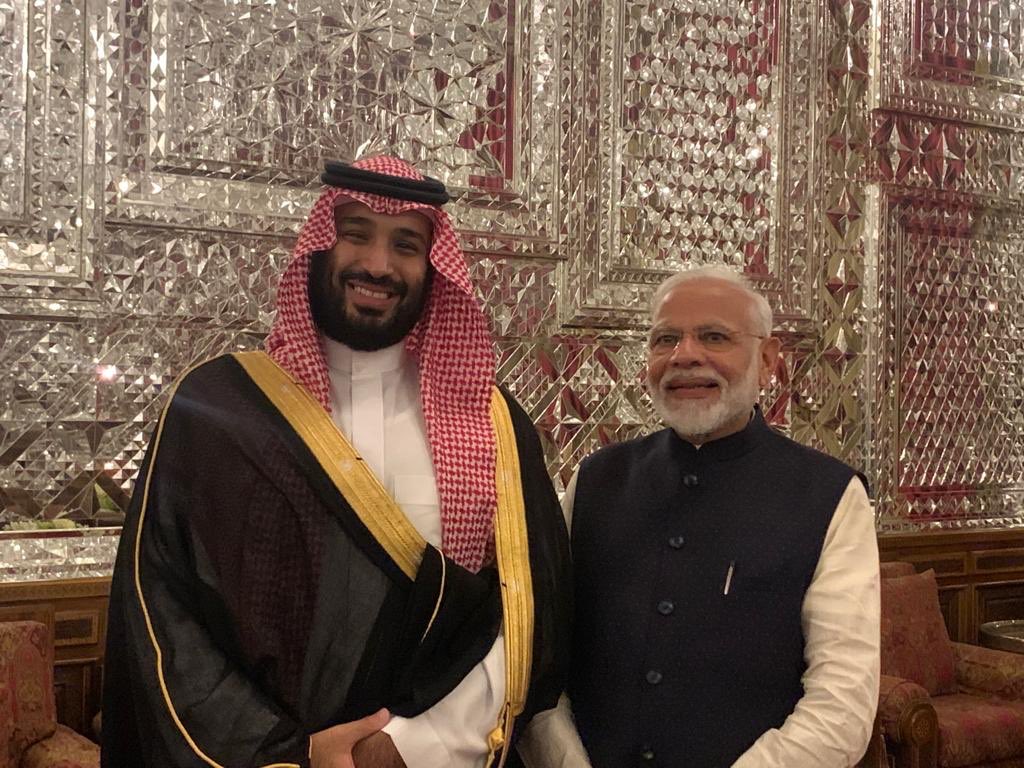
As per the terms of the deal, Aramco will supply 5,00,000 barrels per day of crude oil to RIL's twin refineries in Jamnagar.
Aramco along with Abu Dhabi National Oil Company (Adnoc) of the United Arab Emirates (UAE), Indian state-run oil marketing companies Indian Oil Corporation (IOC), Bharat Petroleum Corporation Ltd (BPCL) and Hinustan Petroleum Corporation Ltd (HPCL) proposed to set up a world's largest green field refinery project in Maharashtra.
In the USD 40 billion (Approx Rs. 3 lakh crore) initiative, known as West Coast Refinery Project, Indian companies would hold 50 per cent stake.
Also, during the recent visit to Riyadh, Prime Minister Narendra Modi signed an agreement with the Suadi Government, under which Aramco would assist India in setting up 5 million metric tons (MMT) of strategic crude oil storages at three locations - Visakhapatnam, Mangaluru and Padur (near Udupi).
The above mentioned deals would act as a cushion during any external supply disruptions for India, which meets around 80% of crude oil needs through imports.
